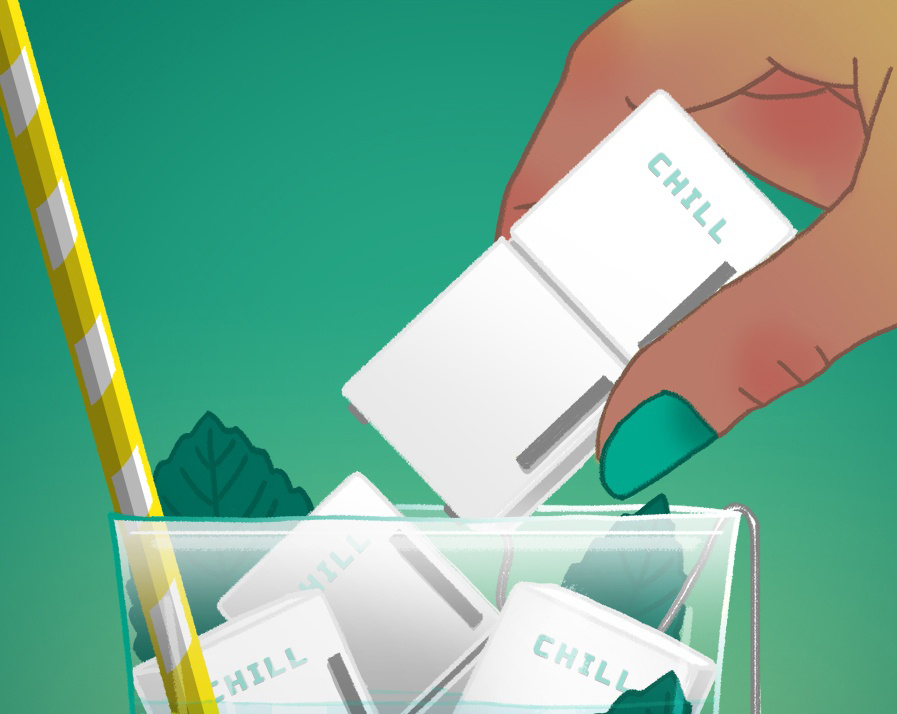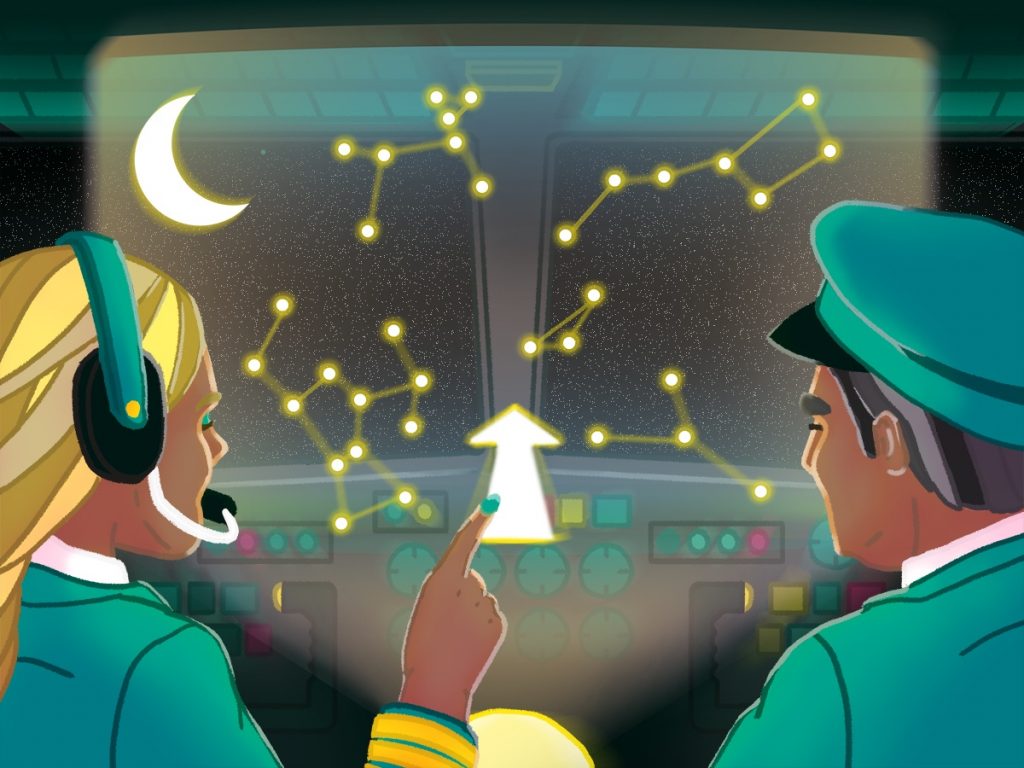
Entrepreneurs. Can’t live with them, can’t live without them. Well, actually, you can’t really live without them, especially when it comes to making the world a safer place. Let’s explore some of the greatest safety innovations our world has ever seen, who was behind them and what life would be like without them.
Nils Bohlin – the car seat belt
If anyone close to you has been involved in a car accident, and is still alive to tell the tale, you have Nils Bohlin to thank for that. Under Volvo’s watchful eye, he invented the three-point seat belt in 1959. Thankfully, after he created it, Volvo chose not to patent and offered it to the world on account of its groundbreaking nature. And they were right to do so.
Since seat belts became compulsory in the UK in 1983, they’re estimated to have saved up to 50,000 lives. Imagine how many people they’ve saved globally.
What life would be like without it:
Driving to the supermarket would be even more stressful.
Alexander Fleming – penicillin
Lab accident turned life-saving miracle drug, penicillin is the raw component of today’s antibiotics – fighting disease and killing bacteria. To compare: it’s acknowledged that ancient Egyptians would use moldy bread to treat infections. That was until Alexander Fleming rocked up in 1928.
After being away on vacation (destination unknown), he was clearing up his lab and noticed some bacteria-ridden petri dishes had gone moldy. Penicillin was stopping the growth of the bacteria, so Fleming harvested the juices and started a healthcare revolution.
What life would be like without it:
Drastic levels of mortality.
General Electric Motors – the refrigerator
Picture this. Philadelphia, USA. The year: 1780. There’s a huge banquet, and the week before, the groceries are sourced. All the favorites: chicken, fish, beef. But how do you stop the food from spoiling? In an octagon-shaped pit full of ice, of course.
Before the refrigerator, food was stored using ice and snow, which, in the US, was harvested from different ice sources using some of the most advanced, industrial tech of its day. These ice pits were outmoded in the coming centuries in favor of iceboxes – wooden boxes containing large blocks of ice and lined with tin (very, very unsustainable). Then in 1927, General Motors introduced its Top Refrigerator. Today, the fridge is a vital part of our food storage systems, protecting us from hideous, life-threatening items like moldy ham.
What life would be like without it:
Taking constant trips to the neighborhood ice pit, and astronomical chances of life-threatening food poisoning.
Stephanie Kwolek – Kevlar
From helmets to suspension bridge cables, military armor to shoes, Kevlar has proved itself to be one of the most durable and effective safety innovations in history. Created in 1971 by scientist Stephanie Kwolek, she discovered a liquid crystalline polymer solution that led to Kevlar’s invention — a synthetic material five times as strong as steel which was resistant to water, corrosion and fire.
What life would be like without it:
Police, Special Forces and athletes wouldn’t be half as safe as they are today.
The US military – aviation satellites
Before satellite technology was invented, the principal method of aviation navigation was astronavigation, in which the sun, moon and stars were used to determine your position. The result? Put it this way: in 1959, there were 40 fatal accidents per one million passenger journeys in the United States.
During the 1970s, the US military invented the Global Positioning System (GPS), which is a critical component in air travel today. It works in conjunction with special aviation satellites, communicating with planes to tell them where to go and generally navigate better. Thanks to this, you’ve got more chance of being struck by lightning (about one in 10 million) than being involved in a plane accident (one in 29 million).
What life would be like without it:
Decreased ability for people and businesses all over the world to connect, not to mention a global fear of stepping foot onto a plane.
Ray Tomlinson – cybersecurity
Kudos if you can guess: what was the first virus to grace the world of computing? The Creeper Virus. Created in 1971, it was spread by the Advanced Research Projects Agency Network (ARPNET), the world’s first digital networking communications method. It displayed the message, “I’m the creeper, catch me if you can!”, when infecting computers. Worth noting this wasn’t a malicious hack, but in fact a test of the system that got out of hand!
Nine years later, computer scientist Ray Tomlinson created The Reaper, designed to remove The Creeper. But there’s a twist. The Reaper wasn’t an antivirus software, it was a virus itself, albeit with the purpose of doing good, not bad. Dedicated virus removal didn’t start until 1987, when computer security expert Bernd Fix (yes, that’s his real name!) created an antivirus program to tackle the Vienna virus.
What life would be like without it:
A constant threat to businesses all over the globe, and a thriving community of hackers who would probably run the world.
Think you could be on this list?
Kaspersky knows a thing or two about safety. When founder Eugene Kaspersky created the company in 1997, the aim was exactly the same as it is today – to make the world safer. As our world becomes more digital by the day, cybersecurity is critical in protecting the proliferation of new innovations in business across the world.





